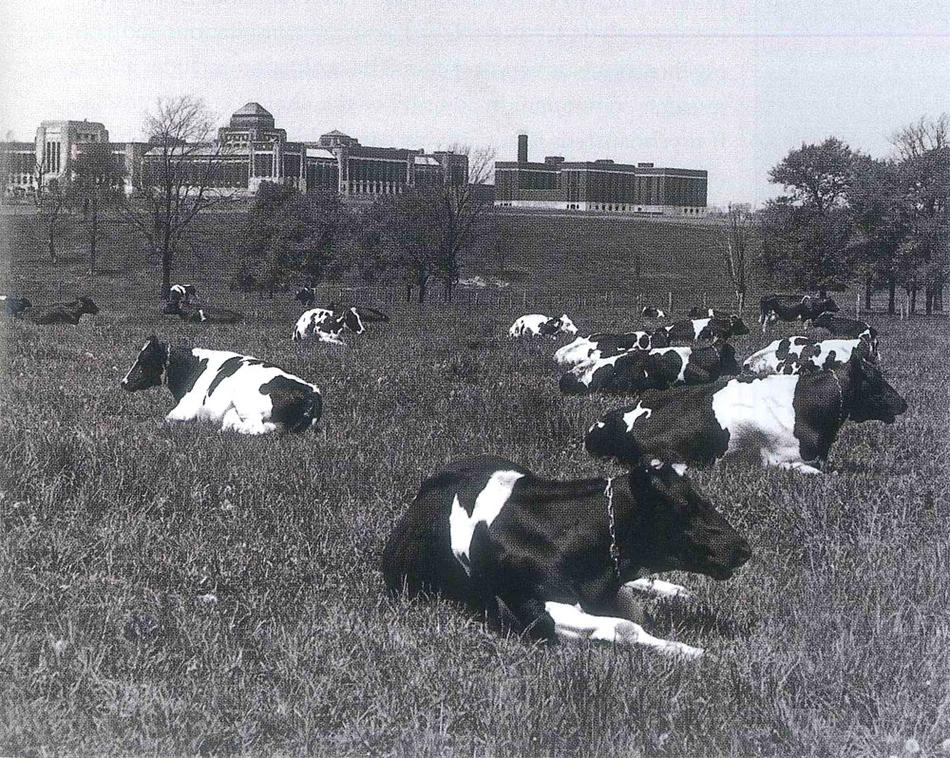From the late 1940s until the mid-1960s some of the best jazz players in the world performed in Lexington, Kentucky. You just couldn’t get in for the concerts. And the players couldn’t get out. The musicians — including Chet Baker, Elvin Jones, and Sonny Rollins — were being treated at the federal government’s Narcotic Farm, a New Deal–era prison facility that had been established to rehabilitate drug addicts humanely and scientifically rather than just to punish them.
It really was a farm, a massive hospital/prison on 1000 acres of land where incarcerated patients were weaned off heroin and other drugs and put to work in the fresh air milking cows, growing tomatoes, and baling hay. If they preferred, patients could learn how to repair cars or to tailor a suit. Sports and games were encouraged, as were art and music and, in the ’60s, various kinds of group therapy. The facility had such a good reputation that many addicts made their way there voluntarily.
In the end, it was the farm’s Addiction Research Center that doomed the enterprise. The center, with funding from the CIA, performed experiments on all-too-willing inmates with “every abused drug known to man.” But as this book’s authors, and congressional hearings, concluded, “prison research is inherently coercive.” The farm was closed in 1975.
The Narcotic Farm: The Rise and Fall of America’s First Prison for Drug Addicts is a strangely beautiful book, illustrated with hundreds of period photos chronicling four decades of America’s changing attitude to addicts and addiction. (Many of the earliest pictures were taken by the Farm Security Administration photographer Arthur Rothstein ’35CC.)



